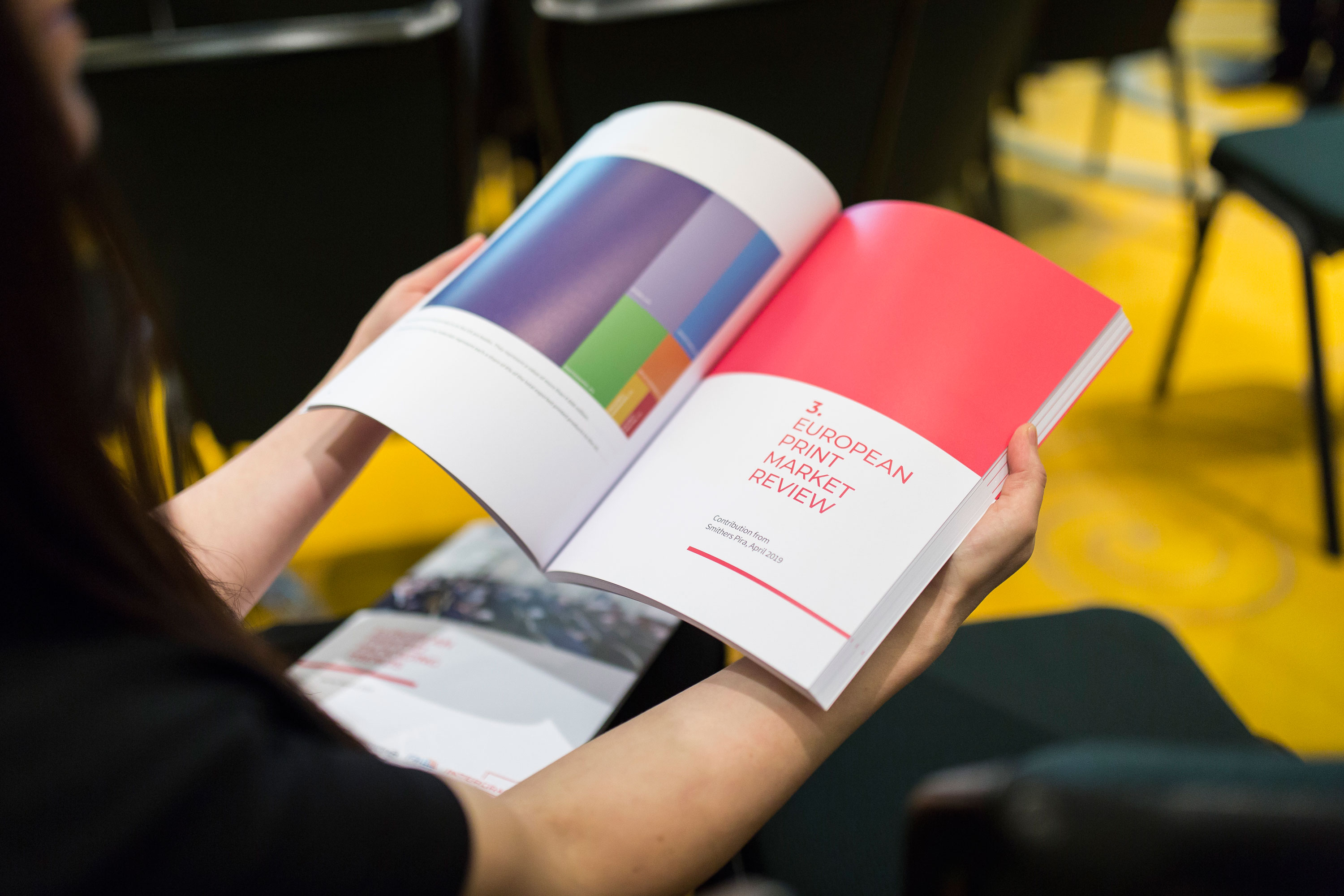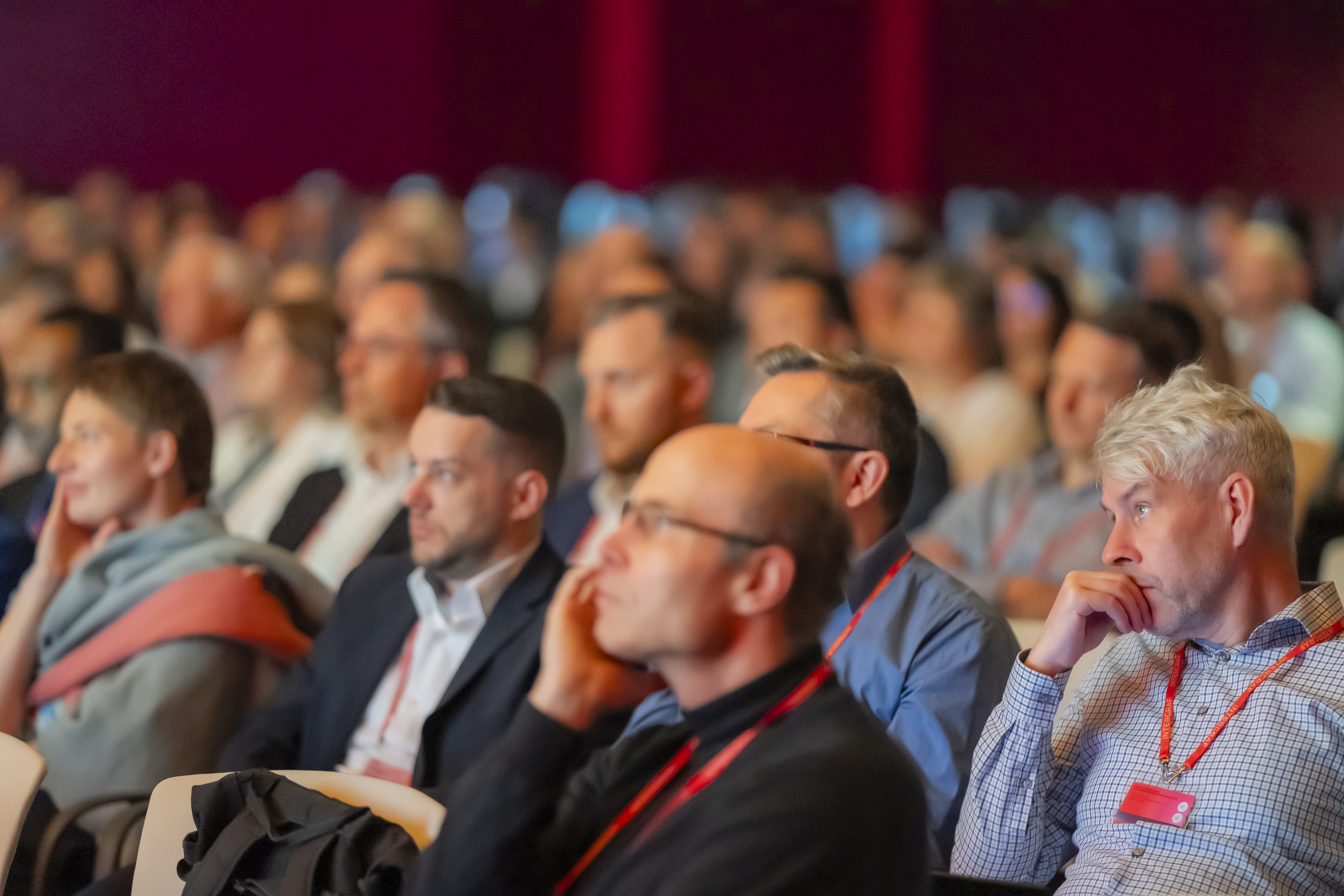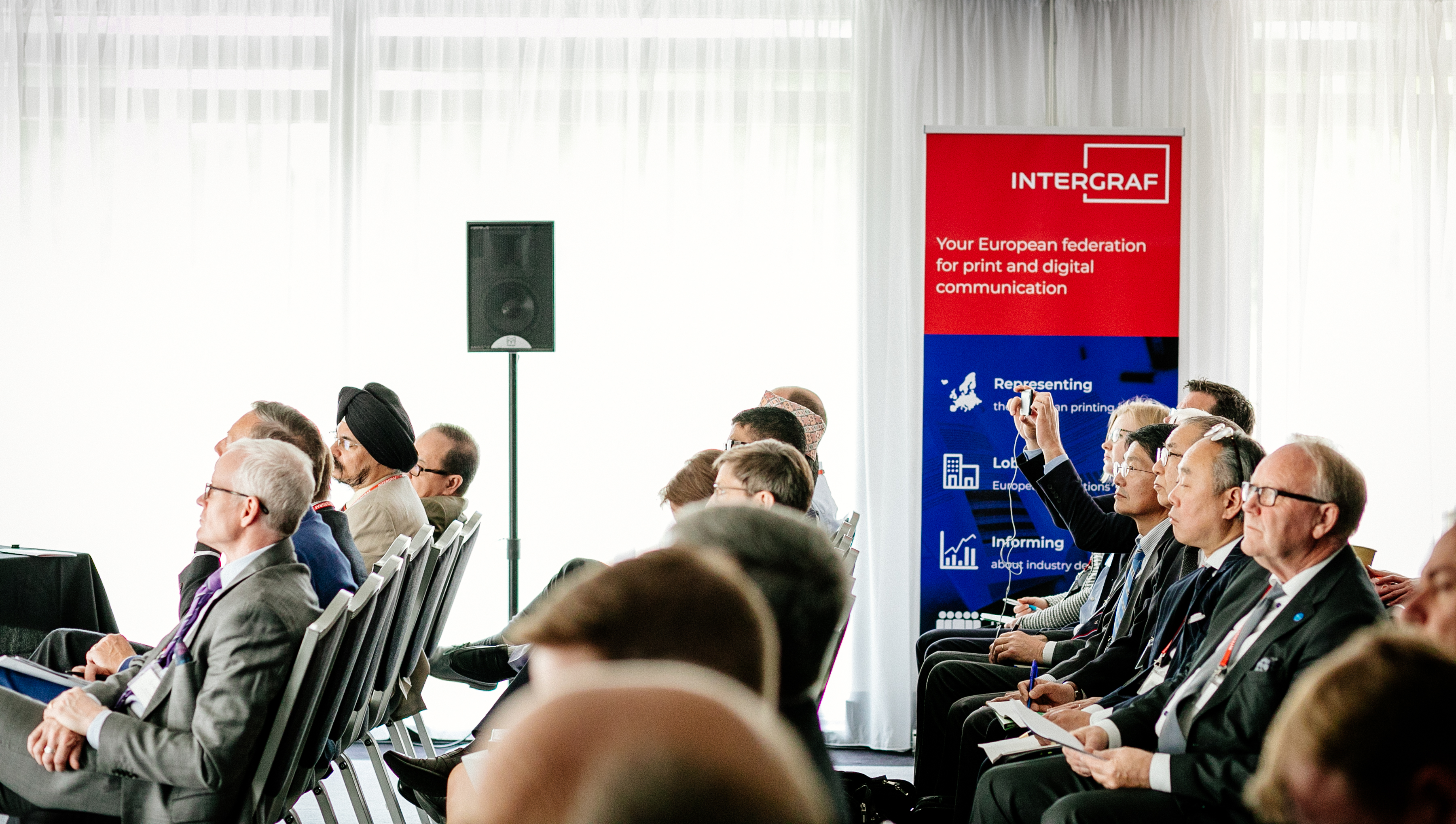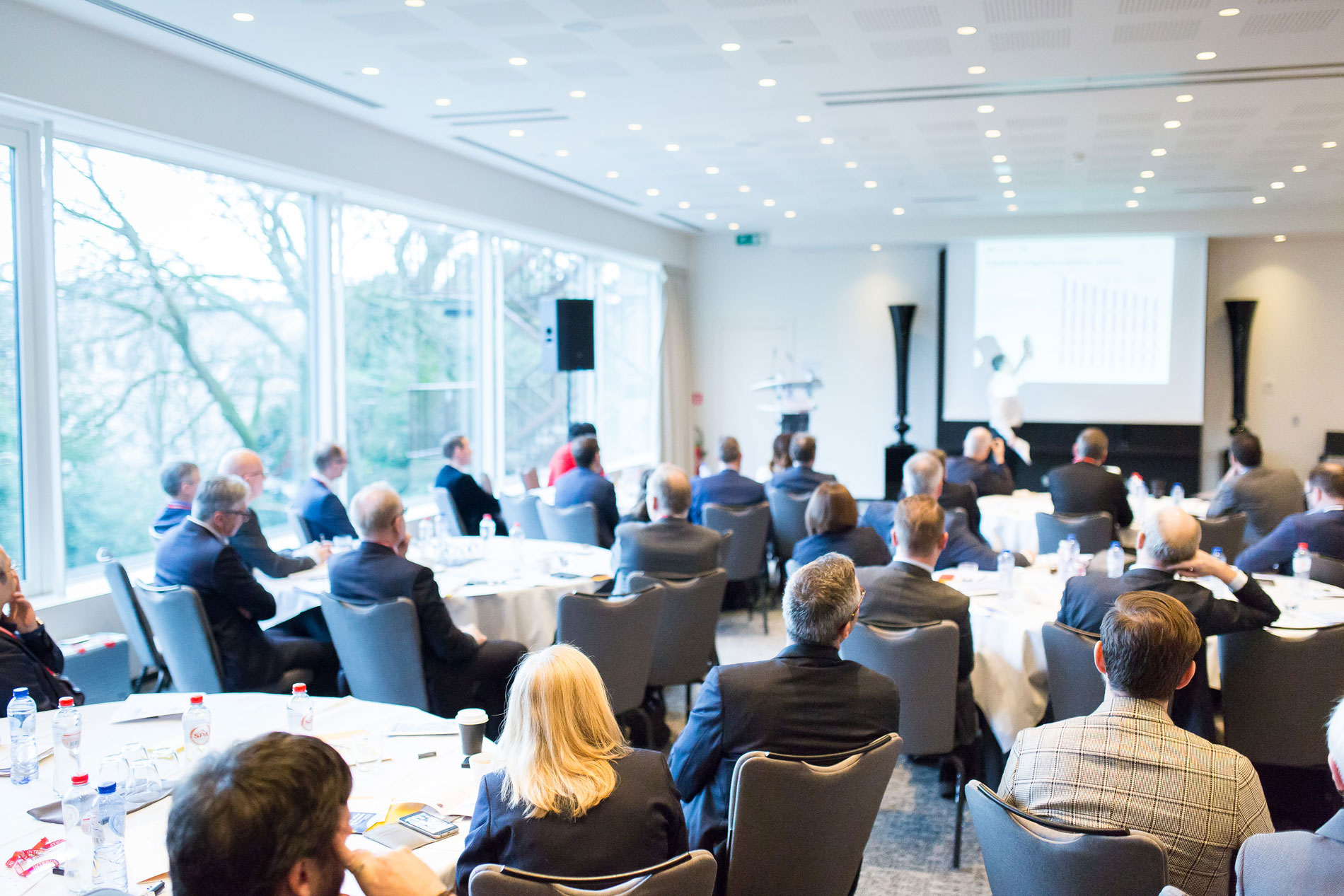The Man Behind the News: Manfred Goretzki
1 October 2018
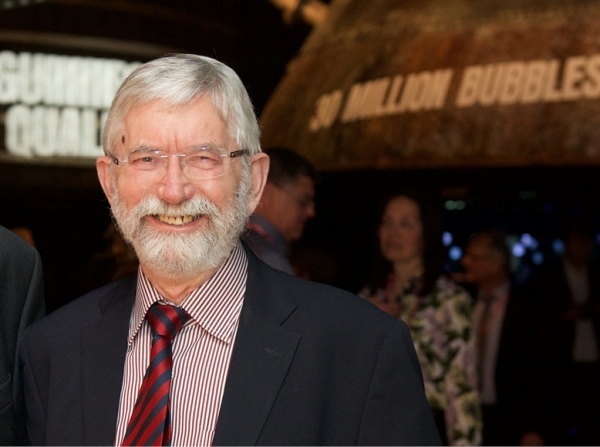
The security printing trade magazine Infosecura would not exist without the hard work of Manfred Goretzki, the publication’s skilled editor and security printing industry expert. To celebrate 20 years of Infosecura, Intergraf has taken the opportunity to interview Manfred, the journalist behind security printers’ quarterly industry news.
Tell us about your role at Intergraf
I have worked for Intergraf since 1973, after being a designer at a printing company. At the time, Intergraf (then called IMPA, the International Master Printers Association) was based in London. I was hired because I knew about printing and spoke English, French and German. At Intergraf, I am unofficially a member of the SP Committee and I contribute whatever I can. For Infosecura, I do everything: research, write, edit, sub-edit, page design, picture editing, layout and photography. I’m a one-man-band!
What was your first Security Printers event?
The first – and my first – conference was in 1976 in Milan with around 70 delegates. Intergraf had decided to start organising an event for security printers because they had a lot to talk about, but nowhere to talk.
What was your best/most memorable conference?
Hard to say, but Montreux in 2003 was important for Infosecura because I gained more freedom to design the magazine. It was also the beginning of growth for delegates – from 553 at the previous event to 797. This conference also marked closer cooperation with suppliers.
How has the event changed?
The conference itself has changed a lot; from being a talking shop, to an event where people also expect good content and to really learn something.
How has the industry changed?
Private banknote printers have become a lot more important, although banknote printing is still primarily a state endeavour. The industry has changed from banknotes being relatively simple – i.e. just with the inclusion of a watermark – to there now being dozens of different security features. It used to be that the paper and printing were the most important features, but this is no longer the case. Now what is really important – part of the added value – is the whole array of security features. The development of this over the last 15-20 years has been really staggering. ID documents have followed the same trajectory, but later. Visas always had watermarks, etc., but what has really changed in IDs is the data page. The passport I had when I came back from Canada in 1972 is amazing. It had a black and white photograph stapled in and an old rubber stamp. Security = zero! What you have now is very sophisticated. This has changed enormously.
What developments have most surprised you?
The way the banknote and ID document sectors try to make their products fun. Take the Swedish banknotes, for example, which include day and night-light effects. In general, however, developments have been gradual and incremental. There was no lightbulb moment.
What developments have most impressed you?
Impressed or frightened? The advance of non-cash payments. It is a part of our Western ‘convenience’ culture, and being a cultural thing, it is hard to change. Whatever you think about, if you have got something that is functional and convenient it will win over everything. It is more important than aesthetics. It is more important than what it does to the economy. If it works, and if it’s convenient it wins. This is totally different in, say, India.
How do you see the future of the industry?
It will be a fight against everything going electronic. The industry has to ensure two things: (1) trust and (2) communicating information. The public needs to trust that a €10 note is really worth €10, which when you look at in reality it is not. We also have to inform the public more about what physical money and documents do and why they are worth keeping. The industry has to work to promote the benefits of these products. We are fighting back, but it’s not going to be easy.
What is your wish for the future of the industry?
To hold on! And to increase the trust of people in physical money and documents.
What should Infosecura readers know about Intergraf?
They should get to know more about Intergraf as an organisation. It has always been treated as something separate from the event, but has a lot more to offer. Intergraf’s certification scheme, for instance. This has been a very important and positive development which shows that Intergraf really works for the benefit of the industry.



